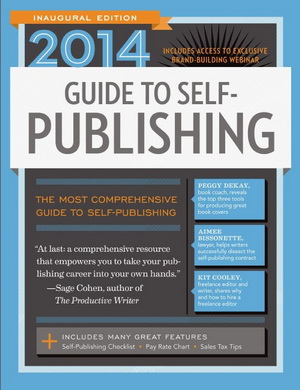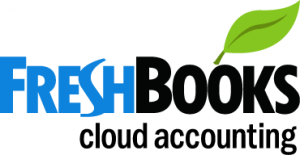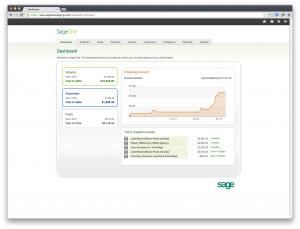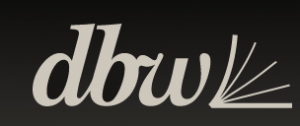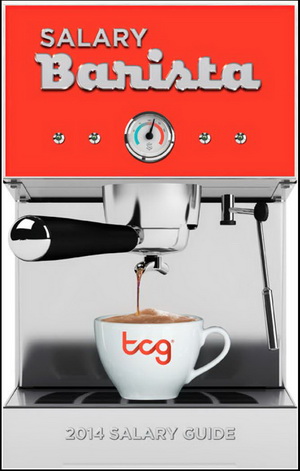 The 2014 Salary Guide for professionals in creative and marketing fields is now available free from the website of The Creative Group. Entitled “Salary Barista,” the guide serves up fresh data on the average starting compensation levels for 134 different jobs.
The 2014 Salary Guide for professionals in creative and marketing fields is now available free from the website of The Creative Group. Entitled “Salary Barista,” the guide serves up fresh data on the average starting compensation levels for 134 different jobs.
The Design and Production category lists salaries for 34 jobs, including Creative Director, Art Director, Studio Manager, Medical Illustrator, 3D Animator, Package Designer, and Presentation Specialist.
The Interactive category lists 26 jobs such as Interactive Creative Director, Game Designer, Blogger, Motion Designer, Web Production Artist, Video Editor, and Mobile Developer.
The Content Development and Management section provides salaries for 15 positions such as Copywriter, Medical Writer, Curriculum Developer, Proposal Writer, Copy Editor, and Content Manager.
The Advertising and Marketing category includes salary ranges for 49 corporate and/or agency jobs. Agency jobs include President, Account Manager, and Social Media Account Manager. Corporate jobs include Chief Marketing Officer, Marketing Director, and MarCom Specialist. Jobs that can be found in either an agency or corporate setting include Media Director, Brand/Product Manager, Web Analytics Specialist, Event/Trade Show Manager, and Market Researcher.
The Public Relations category lists salaries for 5 agency jobs such as Account Executive and VP/Group Director and 5 corporate jobs such as Public Relations Director and Public Relations Manager.
For each position, the guide lists national average low and high starting salaries. To determine the estimated salary range for positions in your city, use the “variance numbers” listed on page 12 and 13 of the guide.
For example, jobs based in Chicago have a 123.0 variance number; jobs in Fort Wayne, Indiana have an 81.0 variance number. If the national average starting stalary for a content manager ranges from $62,500 to $83,000, the salary range in Chicago would be 1.23 times higher (i.e., $76,875 to $102,090). In Fort Wayne, the salary would be 0.81 of the $62,500 to $83,000 range (i.e., $50,525 to $67,230).
Eight in-Demand Jobs
Salary Barista lists the eight most in-demand creative and marketing jobs and describes the required skills. The eight jobs include:
- Digital Project Manager
- Front-End Web Developer
- Interactive Marketing Manager
- Mobile Designer
- SEO/SEM Specialist
- User Experience (UX) Designer
- Web Content Writer
- Web Designer
The guide notes a continuing shortage of creative talent with digital expertise, particularly in the field of mobile design: “Companies need people who can help them develop content for small screens…Responsive design also is becoming a greater priority for businesses that want to provide customers with optimal experiences on their devices and browsers of choice.”
According to a recent study conducted by The Creative Group, more than half (52 percent) of the 400 marketing and advertising executives surveyed said it’s challenging to find skilled creative professionals today.
In a section listing five hot trends affecting hiring, the authors of Salary Barista observe that “Professionals with in-demand skills recognize that they have more choices in the current employment market and are open to pursuing new avenues, even if it means leaving a stable job. Consequently, managers are redoubling their efforts to retain top performers.”
Freelancers Bring Flexibility and Specialized Skills
To help manage heavy workloads and access specialized skills, organizations are bringing in freelancers more frequently (and for longer periods).
In a section that promotes the benefits of flexible staffing, the Salary Barista notes that, “The percentage of people who are working on a temporary or part-time basis is rising – for a variety of reasons. Specialists at very high levels often choose interim assignments over full-time work because of the schedule flexibility and diversity of projects this option provides.”
The “Salary Barista” 2014 Salary Guide includes
- four characteristics to look for in creative talent
- tips on preparing job offers applicants can’t refuse
- statistics on perks and willingness to negotiate compensation
Starting Salaries Up for Creatives and Other Professionals in 2014
A division of the Robert Half professional staffing services agency, The Creative Group specializes in placing interactive, design, and marketing professionals on a project and full-time basis.
The salary guide for creative and marketing professionals was one of five salary guides released by Robert Half this week. Robert Half also released salary guides for professionals in accounting and financial services, information technology, legal services, and office and administrative support.
Overall, starting salaries for professionals in U.S. are expected to increase an average of 3.7 percent in 2014.
Technology positions are expected to see the largest gains among the fields researched with a 5.6 percent increase in the average salary for newly hired workers. Accounting and finance professionals can expect starting salaries to rise an average of 3.4 percent.
Salaries for professionals in creative fields in the U.S. are expected to be up by an average of 3.3 percent, as are starting salaries for administrative and support staff. The starting salaries for legal professionals are expected to rise 2.7 percent.
Robert Half has been publishing salary guides for businesses owners, hiring managers, and professionals since 1952. Ongoing salaries are not reported because salary increases are affected by factors such as seniority, work ethic, job performance, and training.
LINKS

